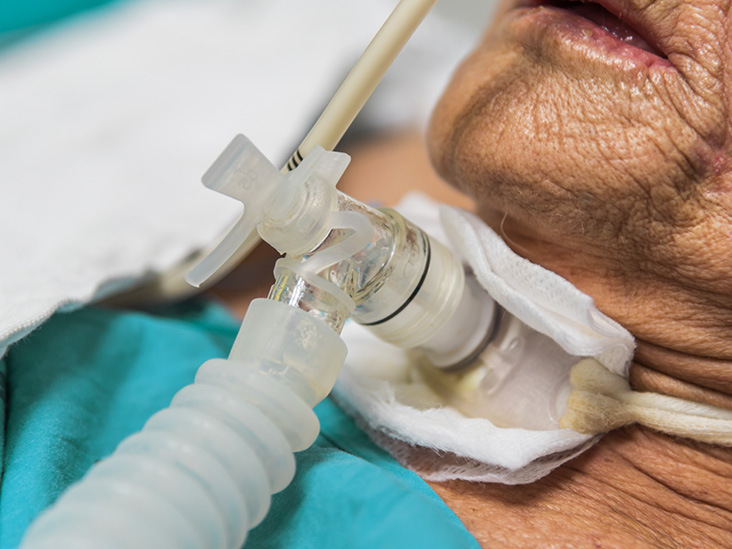
A tracheostomy, also known as a tracheotomy, is a medical procedure that involves creating an opening in the neck in order to place a tube into a person’s trachea, or windpipe.
The tube may be temporary or permanent. It’s inserted through a cut in the neck below the vocal cords that allows air to enter the lungs. Breathing is then done through the tube, bypassing the mouth, nose, and throat. The hole in the neck that the tube passes through is commonly known as a stoma.
A tracheostomy is a hole in your windpipe that a doctor makes to help you breathe. You’re usually “asleep” when you get one, though not always, if it’s an emergency. The doctor usually puts a tracheostomy tube, sometimes called a trach (pronounced “trake”) tube, through the hole and into your lungs.
A tracheostomy is performed for several reasons. It may be performed during an emergency when your airway is blocked. It could also be performed when a health condition or other issue makes regular breathing impossible.
The main reason you would need a tracheostomy is that you can’t get enough air into your lungs. This could be because something in your upper airway is blocking it. The doctor cuts below the injured or blocked part of the airway to get air to your lungs.
Conditions or situations that may require a tracheostomy include:
Any medical procedure where the skin is broken carries the risk of infection and excessive bleeding. There’s also a chance of an allergic reaction to anesthesia, although it’s rare. Tell your doctor if you’ve had an allergic reaction to anesthesia in the past.
Risks specific to a tracheostomy include:
Your healthcare team will provide guidance on how to care for your tracheostomy tube so that you can safely maintain it at home. That includes caring for, cleaning, and replacing the tube as well as keeping the skin around the tracheostomy clean and dry.

Copyright © 2022 Dr. Sandhya Bade | All Rights Reserved | Created & Crafted By Itorix Infotech
WhatsApp us